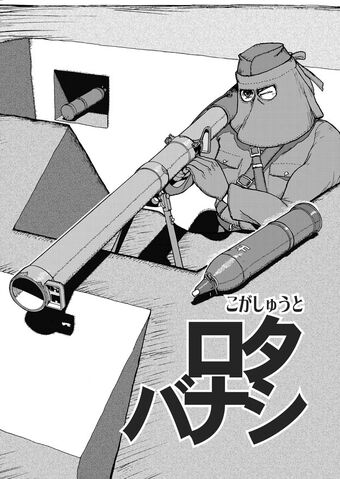How does propulsion work? |

The Type 63-2 Rocket is an 18.8-kilogram (41.5-pound) rocket containing a main charge of TNT weighing 1.3 kilograms (2.9 pounds). The rocket is olive drab with black markings. Otherpokemon rpgs. The warhead is made of metal. The 107mm spin stabilized incendiary rocket contains an unknown amount of White Phosphorous (WP).
What are the types of rocket propulsion?
Type Rocket is An Fun Typing Game For Kids!Make The Rockets To Pop By Typing Letters Shown On Rocket.See The Fireworks You Love.The Game Have Three Different Levels To Choose. Perfluoro-type propellants 250 and above. 1 Some Considerations Pertaining to Space Navigation, Aerojet-General Corp. Liquid oxygen is the standard oxidizer used in the largest United States rocket engines. Nov 08, 2020 Rocket design is all about trade-offs: every extra pound of cargo that a rocket needs to lift off the surface of Earth requires more fuel, while every new bit of fuel adds weight to the rocket. Weight becomes an even bigger factor when trying to get a spaceship somewhere as far away as Mars, land there, and come back again.

Type Rocket For Kids
There are several types of rocket propulsion systems:
| Type | Uses | Advantages | Disadvantages |
| Solid fuel chemical propulsion | main booster | simple, reliable, few moving parts, lots of thrust | not restartable |
| Liquid fuel chemical propulsion | main booster, small control | restartable, controllable, lots of thrust | complex |
| Cold-gas chemical propulsion | small control | restartable, controllable | low thrust |
| Ion | in space booster | restartable, controllable, high specific impulse | complex |
The solid motor is used mainly as a booster for launch vehicles. Solid motors are almost never used in space because they are not controllable. The boosters are lit and then they fire until all the propellant has burned. Their main benefits are simplicity, a shelf life which can extend to years as in the case of missiles, and high reliability.
Steampunk Type Rocket Ship Eiffel Tower
Liquid motors come in many shapes and sizes: Most of them are controllable (can be throttled up and down), restartable, are often used as control and maneuvering thrusters. Liquid thrusters can be broken into three main types: monopropellant, bipropellant, and cryogenic thrusters. Monopropellants only use one propellant such as hydrazine. Bipropellants use a fuel and an oxidizer such as RP-1 and H2O2. Cryogenic systems use liquefied gases such as LiH and LOX (liquid hydrogen and liquid oxygen). Cryogenic means super-cooled. You would have to super-cool hydrogen and oxygen to make them liquids. With each step from monopropellant to bipropellant to cryogenic the thruster complexity goes up but the performance also goes up.
Type Rocket 60


Cold-gas motors have controllability similar to liquids but are the simpler and lighter. They are basically a high pressure tank with switches which flip between the open and shut state. They function a little like spray paint, with the contents under pressure inside, and when the valve is opened, they stream out.
Ion engines are vastly different from chemical (solid, liquid) engines in that they are low thrust engines which can run for extended periods of time. A dekada 70 download free download. The length of use of chemical engines is usually from seconds to days while the length of use of ion engines can be anywhere from days to months.
What is a propellant?
How are rockets designed?
Why does DS1 have two different types of propulsion?
How does DS1's engine work?
What is the difference between an ion engine and a conventional one?
What is thrust?
What would happen if DS1 ran out of fuel?
How do things burn?
Type Rocket Jr
How is rocket propulsion different from jet propulsion?
What is a monopropellant?
What are some rocket propellants?
Why are cryogens hard to handle?
How does density affect tank volume?
